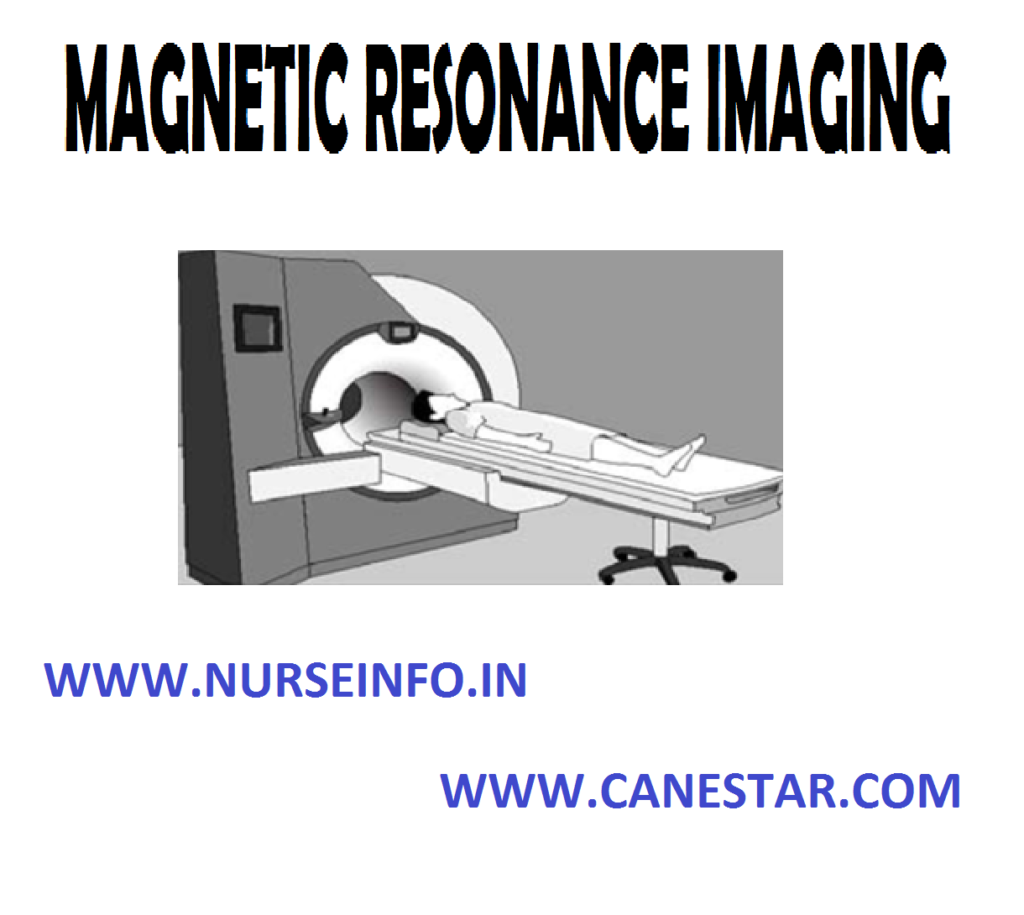MAGNETIC RESONANCE IMAGING – Purpose, Indications and Client Preparation
Magnetic resonance imaging (MRI) is one of the most expensive noninvasive diagnostic options; a verity of data may be obtained in a single image. It provides the best information on chamber, size, wall motion, valvular function and great vessel blood flow without the use of ionizing radiation
PURPOSE
- MRI is commonly used for examination of the aorta and detection of tumors, aneurysms, masses, cardiomyopathies and pericardial disease
- MRI can show the heart beating and the blood flowing in any direction
- All standard quantitative functional indices, except transstenotic gradients can be obtained from an MRI study
INDICATIONS
- Normal morphology and structural changes
- Wall thickness, chamber volumes, valve areas, vessel cross-section and extent, location and size of lesions
- Global and regional biventricular function, including ejection fraction, stroke volume and cardiac output
- Blood flow quantifications within vessels over the cardiac cycle
- Tissue characterization of paracardiac and intracardiac masses, pericardiac masses, pericardial diffusion and myocardial infarction
CLIENT PREPARATION
- Inform the client that the test is noninvasive
- Provide written information about the test, if available
- Explain to client that he will lying in one position for a long period
- Screen the client for claustrophobia and anxiety; these can be reduced by premeditation with an antianxiety drug


